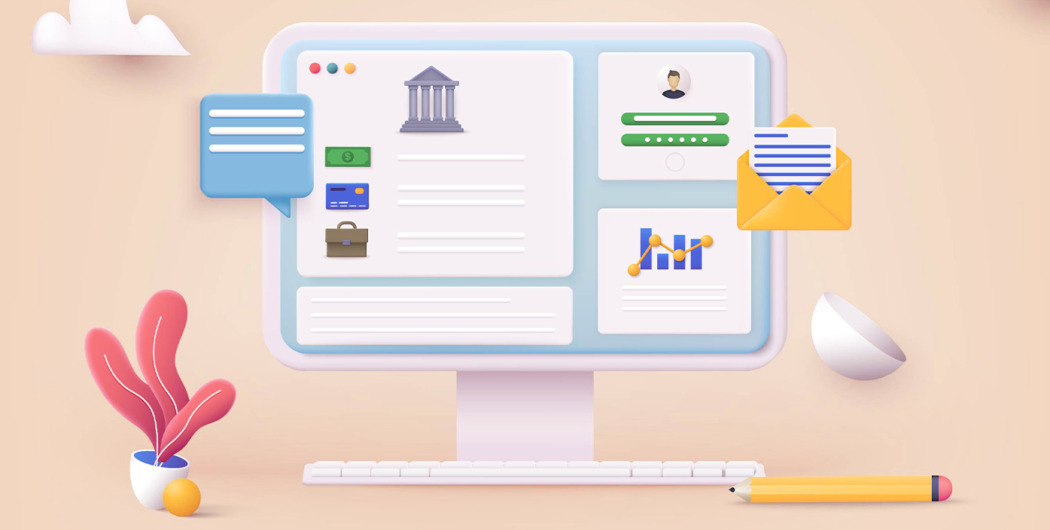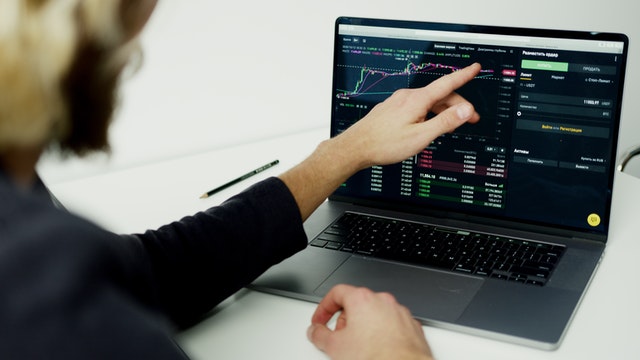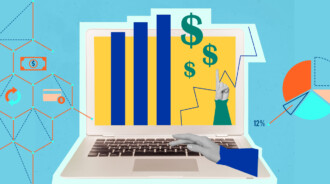

If you’re new to trading, you may have a lot of questions about how to get an online trading account. But with so much information out there regarding trading, it can be overwhelming to figure out where you should start and who you should listen to.
This overwhelming amount of information is hardly surprising when one considers the popularity of trading. India’s Bombay Stock Exchange (BSE) is the largest stock market in the world and has over 5,500 companies listed on it.
This article will break down the essentials of online trading accounts to help you get started. It will cover everything from what a trading account is, how to open one, and the requirements you must meet before creating your account.
What is an online trading account?
A trading account is an account you open through an online brokerage so that you can trade financial securities—for example, stocks and bonds, currencies, crypto, and commodities such as precious metals and raw materials. With an online trading account, you can purchase and sell securities, aiming to make returns on market fluctuations.
You may also have heard of the term “demat” account or dematerialized account. This type of account is used in India. Where a trading account allows you to purchase and sell securities, demat accounts act as repositories where bought shares are stored digitally.
Key steps to opening a trading account

Once you’ve decided to open a trading account, there are a few crucial steps you must take to make one. This section will break down some of the most important steps to consider when creating an online trading account.
Step one: compare brokerages and trading platforms
All brokers charge brokerage fees for processing orders. Some brokers may charge more than others. When you’re looking for a broker, it’s a good idea to compare costs to make sure you’re not paying more than you have to. In order to trade, it is not necessary to have a broker at all, you can trade on a trading platform without any fee.
Step two: consider what features you need
Especially when you’re just starting out, you would most likely benefit from a broker or a trading platform with consultancy services. If not, then you should at least look for one that offers the latest news and trading research.
Trading accounts also vary with the securities available for trading, lot sizes, and the amount of leverage available to use. Make sure that you take these factors into account as well when choosing a broker.
Step three: check reviews and speak with broker or trading platform’s support services
When you’ve found a broker that sounds promising, it’s always a good idea to check out customer reviews to see if the company seems reliable and trustworthy. Reading client ratings can be a useful way of narrowing down your options.
You can always reach out to the company’s customer support team to ask further questions if you’re not sure about them or their services. All brokers and platforms have support lines or live chat functions where you can ask for help. This also provides a good opportunity for you to see the quality of their customer service.
Ensure that the broker/platform you’re considering is reliable and that they’ll take any orders you place in time. In volatile market trading, time is crucially important. In just a few minutes, the market price can completely change. This is why it’s so important to choose your broker/platform wisely.
Step four: submit an application
Finally, after you’ve carefully weighed all your options, choose the broker/platform that suits your needs best and submit your application!

Requirements for opening a trading account
Before you can open an online trade account, there are a few requirements you must meet. These criteria will be slightly different with every online brokerage/trading platform, but generally speaking, you’ll have to first fill out an application form.
Most (if not all) brokers/trading platforms will also ask for you to submit the following:
- Proof of identity. This could take the form of a driving license, passport, or birth certificate. This is in part to prove that you are old enough for the online creation of a trading account, as you must be 18+ to trade through a broker.
- Personal details. These may include your name, your address, and contact information such as your phone number and/or email address.
- Your bank card details. This is so that you can make deposits easily and so that any returns you make can go straight to your account.
- Other financial information. You may be required to provide other pieces of financial information, such as your social security number or an international equivalent.
Sometimes, brokers/platforms will ask you for additional information about your annual income, employment status, investments and savings, and so on.
Once your application has been reviewed and accepted by the broker/platform, you’re ready to get trading! Simply deposit some funds into your new trading account and get investing.
Before you make your first investments, however, it might be worth trying out a demo account with your broker, if available. This will allow you to get used to the trading software and will give you the opportunity to figure out how to use your trading account online without risking real capital or gaining any real returns. Demo accounts are a useful tool to help you get to grips with the basics of trading.
Conclusion
Hopefully, you now have some idea of how to get an online trading account. This article has taken you through the fundamentals of choosing a broker/platform and setting up your account, but you’ll want to make sure that you research your options and look into them thoroughly before committing.








